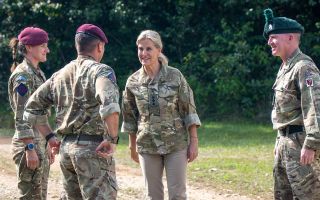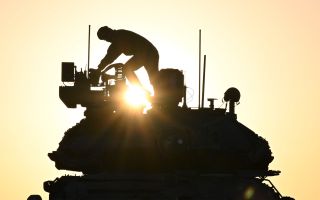
After eight months at sea it's now time to go home for Carrier Strike Group 25

Royal Navy flagship HMS Prince of Wales and her accompanying warships are making their way back to the UK at the end of an eight-month deployment on Operation Highmast.
HMS Prince of Wales left the UK in April for her deployment to the Indo-Pacific with Carrier Strike Group 25.
However, CSG25 was smaller in terms of the number of ships involved than the 2021 deployment of her sister ship, HMS Queen Elizabeth.
A helping hand
On that trip the carrier was escorted by two Royal Navy destroyers, two frigates, a submarine, the large supply ship RFA Fort Victoria, a tanker plus US and Dutch warships.
This year there was no large supply ship and half the RN commitment of warships.
But on this trip the Navy had a little help from its friends as CSG25 included escorts from Spain, Canada and Norway for long periods of the deployment.
The logistics ships involved were the tankers RFA Tidespring and Norwegian vessel KLM Maud. The disadvantage of these tankers was the fact that they had a limited capability to carry ordnance and provisions.
On CSG21, in contrast, the ships spent longer initially operating in the Mediterranean with port visits to Gibraltar, Sicily and Cyprus, and two ships even entered the Black Sea to visit Ukraine and Georgia.
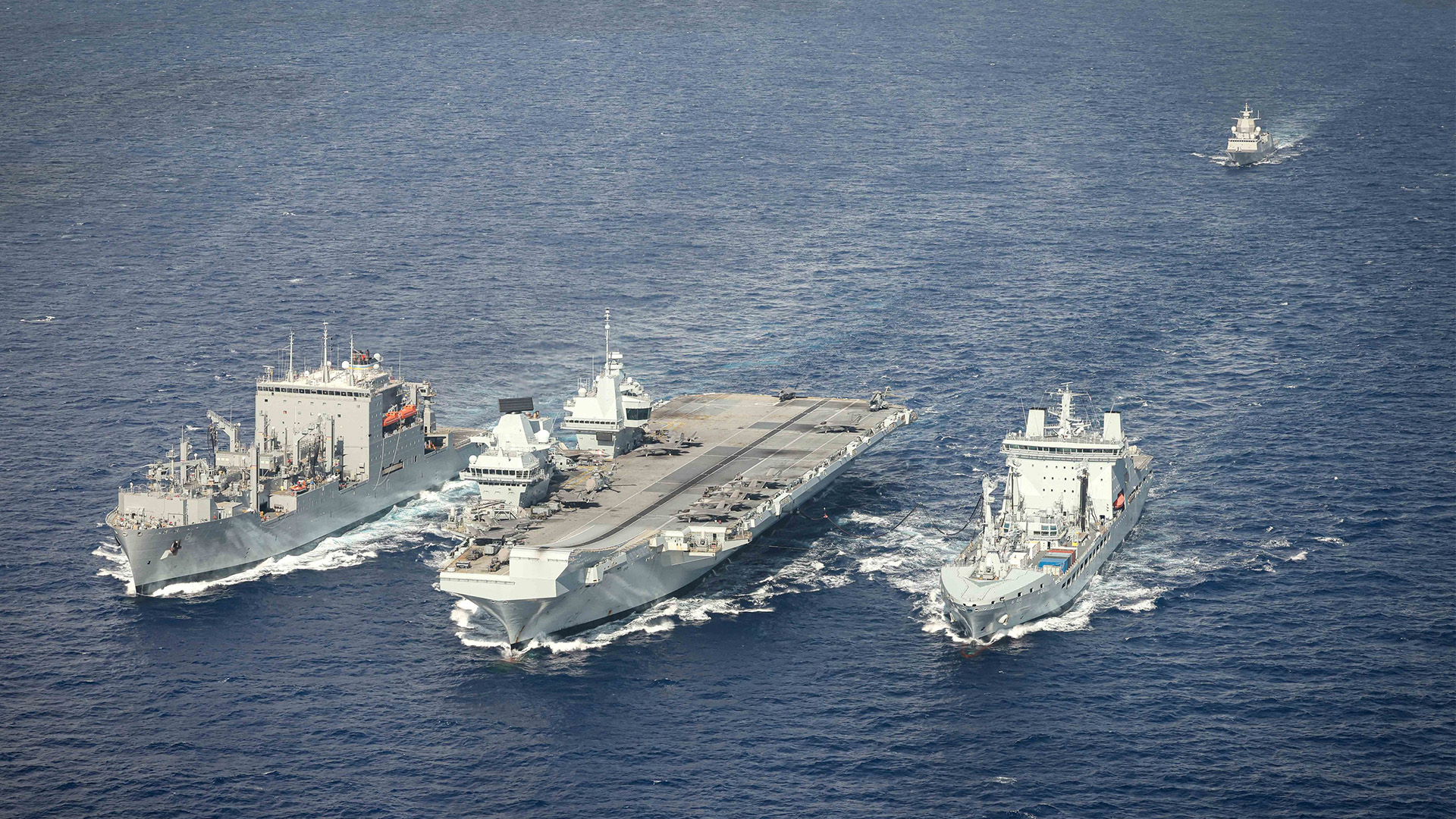
Facing the Houthi threat
CSG25 instead powered through the early stage of this deployment while taking part in Exercise Med Strike in the Ionian Sea.
This was followed by a brief supply stop in Crete and then transiting the Suez Canal south barely a month into the trip.
As CSG25 transited the Mediterranean, supply ship RFA Tidespring sailed southwards, taking the long route around Africa.
Prince of Wales entered the Red Sea and transited the Bab-el-Mandeb, known as the BAM, in the most dangerous part of the deployment, with Houthi missiles still being fired at Israel.
In the BAM, CSG25 had a US Arleigh Burke-class destroyer for additional firepower.
Leaving the BAM, HMS Prince of Wales rendezvoused with RFA Tidespring and headed east across the Indian Ocean.
A Lightning stop
On 15 June, one of Prince of Wales's F-35B Lightnings made an emergency landing at Kerala in India.
This created an immediate headache for the MOD as F-35s have highly sensitive components, and India buys aircraft and air defence systems from Russia.
The aircraft ended up being stranded for five weeks before a maintenance team was flown from the UK in an RAF A400M Atlas, and the F-35 was able to fly on to Australia to rejoin the carrier.
CSG25 was joined by a New Zealand frigate and continued east to carry out a high-profile visit to Singapore, where the Royal Navy maintains a logistics base.
Canadian frigate Ville de Quebec also visited Malaysia, while Spanish frigate Méndez Núñez and HMS Richmond visited Jakarta in Indonesia.
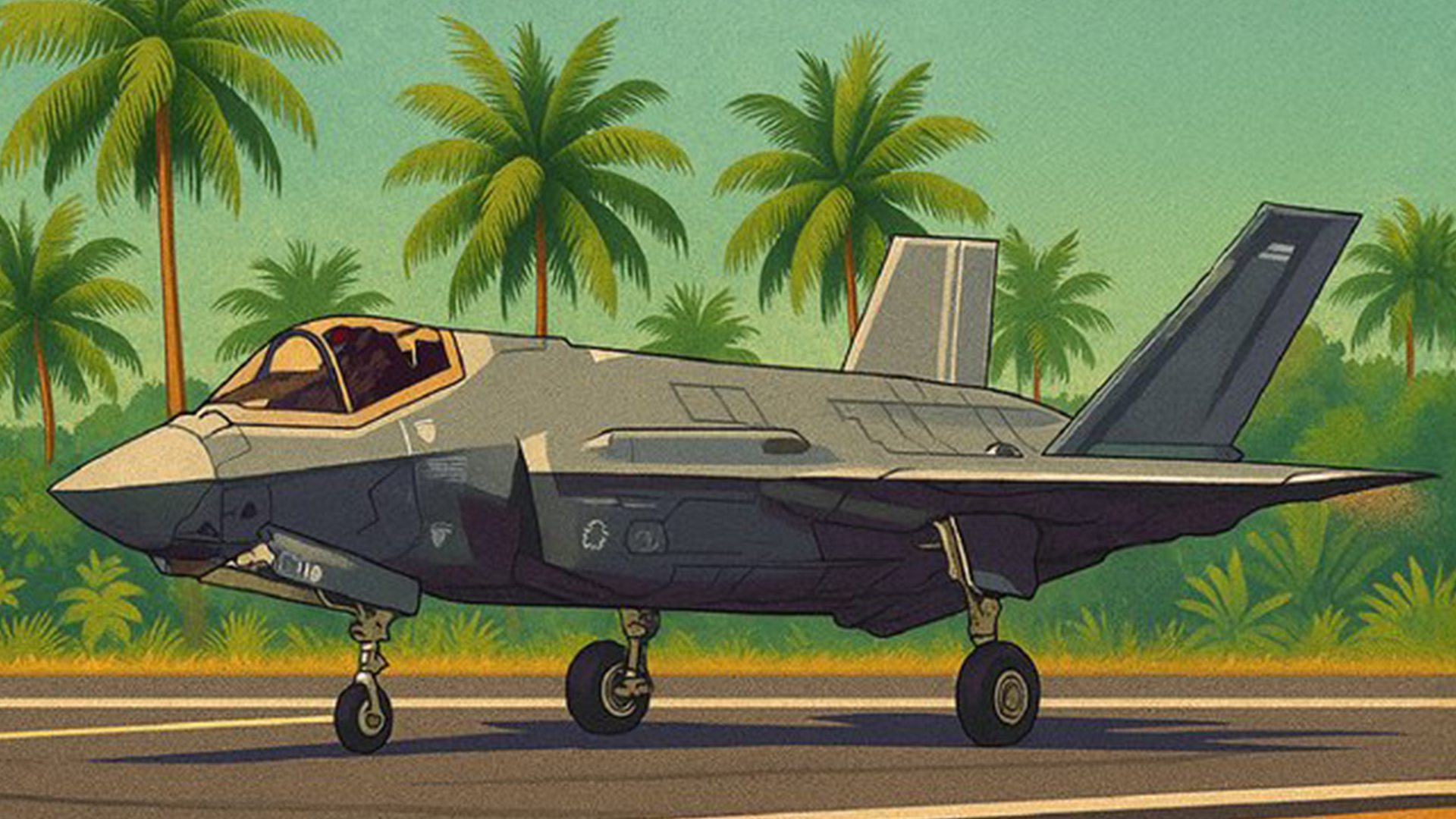
From King Neptune to the Northern Territory
After leaving Singapore HMS Prince of Wales crossed the Equator and the crew took part in the traditional crossing the line ceremony, paying tribute to King Neptune.
CSG25 then joined the giant Exercise Talisman Sabre 2025 north of Australia, accompanied by the Royal Australian Navy destroyer HMAS Sydney.
This was the centrepoint of UK military activity in the region, with British F-35s operating from Guam, while Gurkhas and Royal Marines worked with Australian troops on land.
In total, Talisman Sabre included over 3,000 British service personnel.
At this stage, Spanish frigate Méndez Núñez separated from the strike group due to sensitivities in Spain's relationship with China and sailed to Japan for a visit.
Following Talisman Sabre, Prince of Wales visited Darwin in Australia's Northern Territory.
CSG25 was joined by Australian destroyer HMAS Brisbane and sailed north into the Pacific working with US aircraft carrier USS George Washington, plus helicopter carrier USS America and the Japanese carrier JS Kaga.
Meanwhile, Méndez Núñez departed the strike group and headed west to return home.
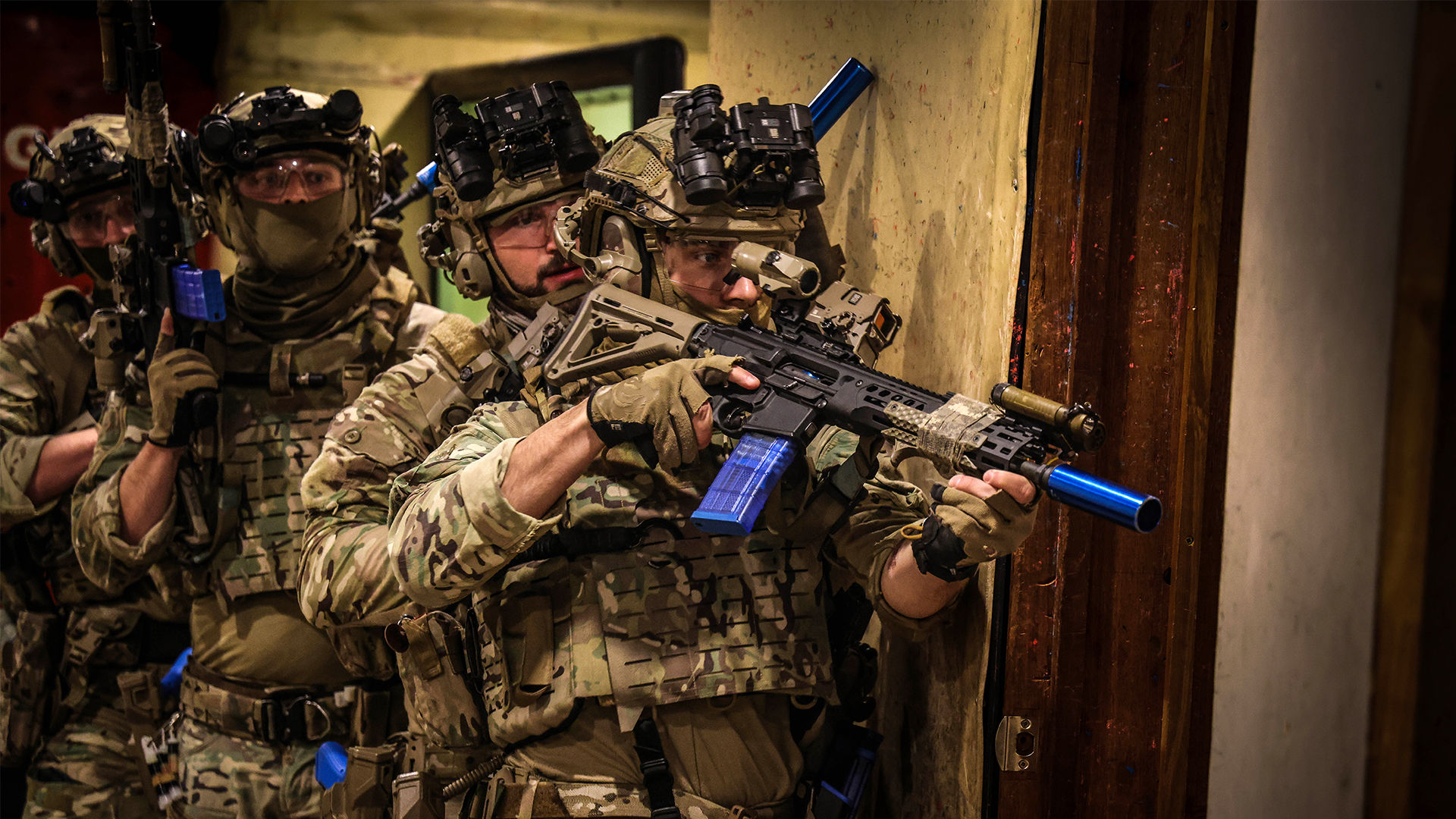
Departmental friction
On 11 August, CSG25 arrived in Japan, with RFA Tidespring and HMS Richmond arriving in Busan in South Korea.
HMS Prince of Wales had an extended three-week visit in Japan before operating in the Sea of Japan, a mere 200 miles from Russia's eastern coast.
HMS Richmond then briefly worked under a United Nations flag, enforcing sanctions on North Korea.
On 12 September, the Canadian ship left CSG25 and headed east to Guam and then Hawaii.
On the same day, HMS Richmond and US Navy destroyer USS Higgins transited the Taiwan Strait.
This was an operation that reportedly caused some friction between the MOD and the Foreign Office, which didn't want to upset UK-Chinese relations.
This was the third Taiwan Strait transit of UK or CSG warships during the summer.
HMS Prince of Wales headed south through the South China Sea before arriving back at Singapore.
Meanwhile Richmond, who appeared to have been getting all the good runs ashore, visited Manila in the Philippines before heading to Vietnam.
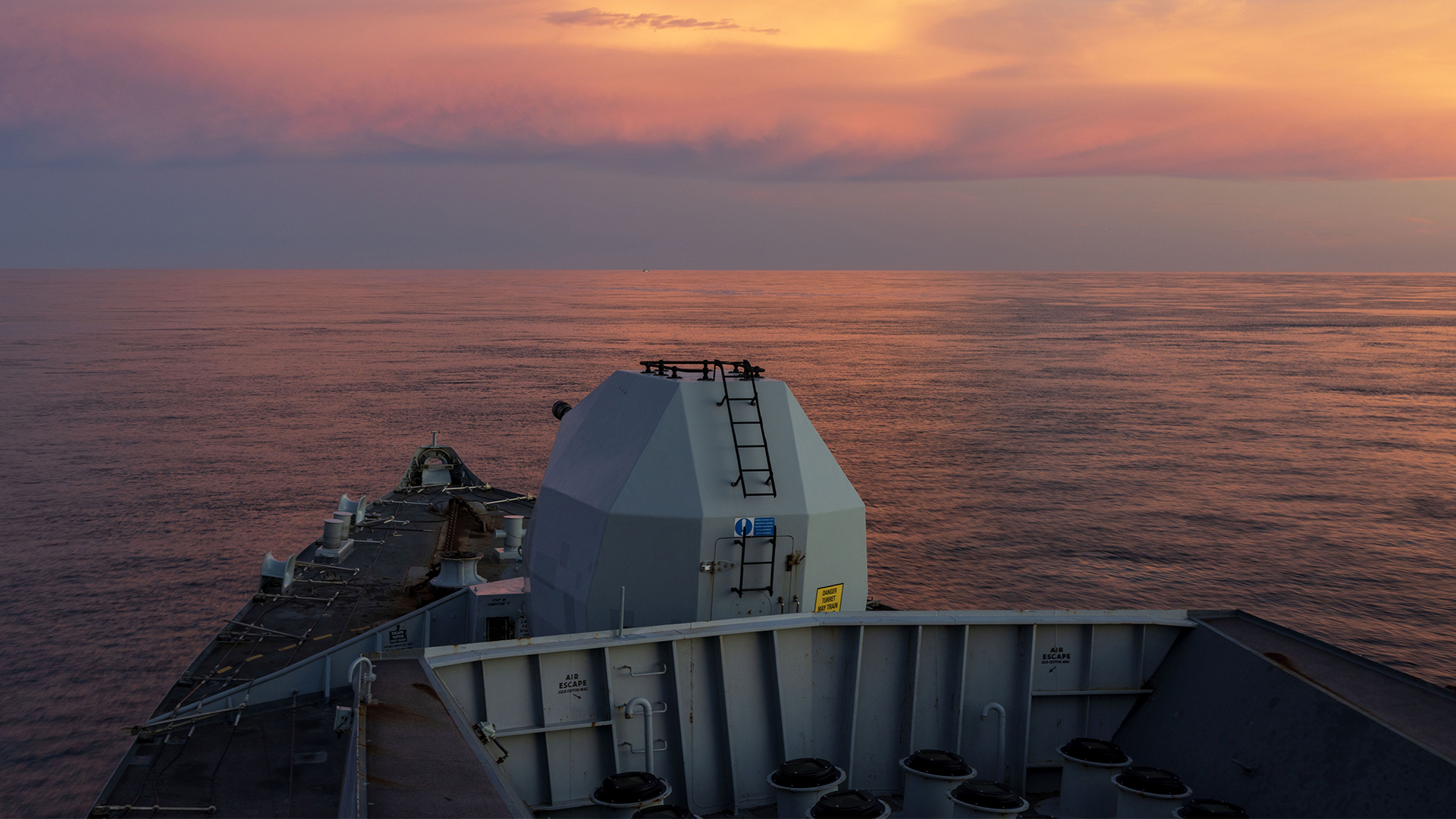
Lightnings versus Flankers
CSG25 then returned to the Indian Ocean and headed to India where the UK F-35s conducted mock dogfights with the Indian air force and its Flankers and Jaguars.
Richmond went to Mumbai, while Prince of Wales and Tidespring went to Goa.
With a long deployment, maintenance of morale among the ships' crews is essential. This is where CSG21 suffered, as port visits were very limited four years ago due to the Covid pandemic.
Back to CSG25, and the ships, still including Japanese vessel Akebono, next went into Duqm in Oman where they were treated to a BFBS Events show.
RFA Tidespring, equipped with a Merlin helicopter, then departed CSG25 for the last time, heading to Mombasa in Kenya and then Cape Town in South Africa.
Tidespring will not be returning to the UK until next year.
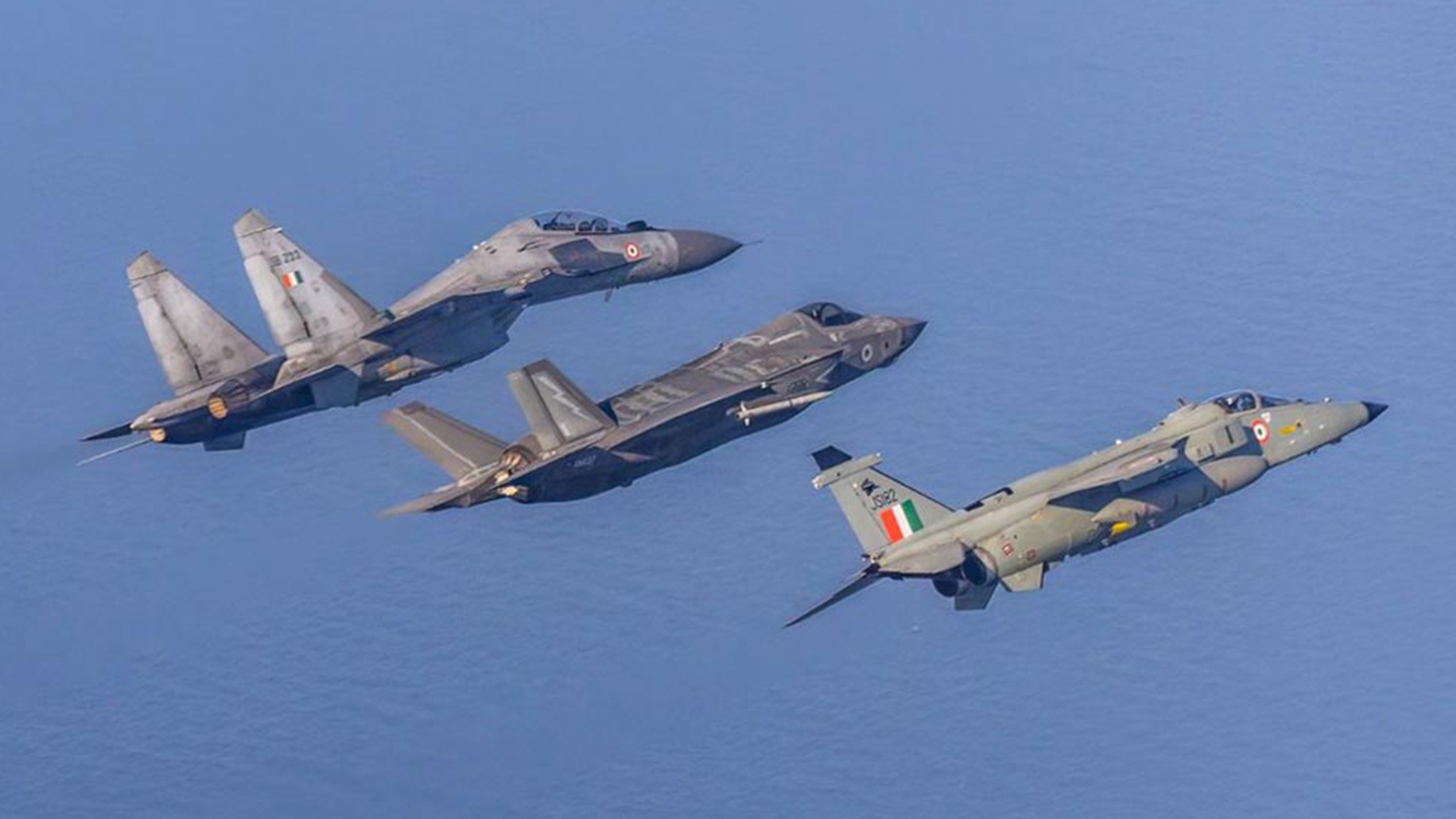
In the shadow of Mount Vesuvius
Prince of Wales, Dauntless, Richmond and their trusty Norwegian companion Roald Amundsen then transited the BAM with a US destroyer and headed north through the Red Sea to meet their new tanker – RFA Tideforce.
The Carrier Strike Group passed through the Suez Canal on 30 October and headed to Souda Bay in Crete for a logistics stop.
HMS Prince of Wales next took part in Exercise Falcon Strike before anchoring in Naples harbour.
Meanwhile, HMS Richmond confirmed her party ship status by having runs ashore in Albania and then Majorca.
The final stop of the deployment was Gibraltar, where HMS Prince of Wales fired a gun salute, which was answered from the Royal Naval Base.

A commitment to maritime security
This year's deployment has been an undoubted success.
Multiple nations' ships have integrated into the Carrier Strike Group, but special mention should be given to the Spanish, Canadian and Norwegian vessels that took part.
Sending one of the world's largest aircraft carriers halfway around the globe sends a powerful statement to partner nations of the UK's commitment to maritime security.


